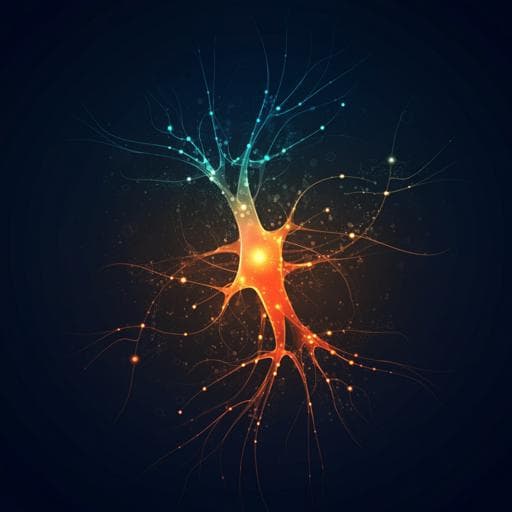
Medicine and Health
Transcriptome of iPSC-derived neuronal cells reveals a module of co-expressed genes consistently associated with autism spectrum disorder
K. Griesi-oliveira, M. S. Fogo, et al.
This study investigates the expression profiles in autism spectrum disorder (ASD) patients, revealing dysregulation in co-expressed gene modules linked to protein synthesis and synapse function. Notably, findings suggest distinct developmental dysregulations, highlighting potential biomarkers and therapeutic targets for ASD. Research conducted by K. Griesi-Oliveira, M. S. Fogo, B. G. G. Pinto, A. Y. Alves, A. M. Suzuki, A. G. Morales, S. Ezquina, O. J. Sosa, G. J. Sutton, D. Y. Sunaga-Franze, A. P. Bueno, G. Seabra, L. Sardinha, S. S. Costa, C. Rosenberg, E. C. Zachi, A. L. Sertie, D. Martins-de-Souza, E. M. Reis, I. Voineagu, M. R. Passos-Bueno.
Related Publications
Explore these studies to deepen your understanding of the subject.







